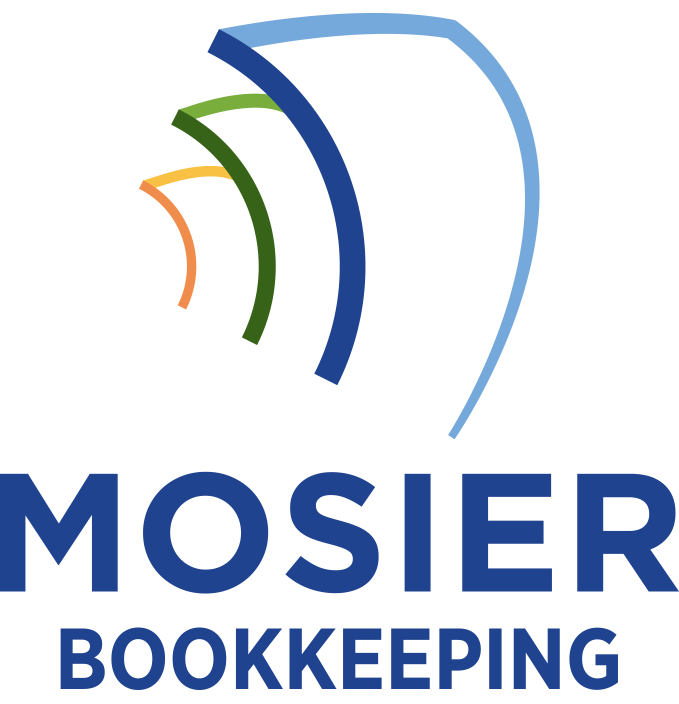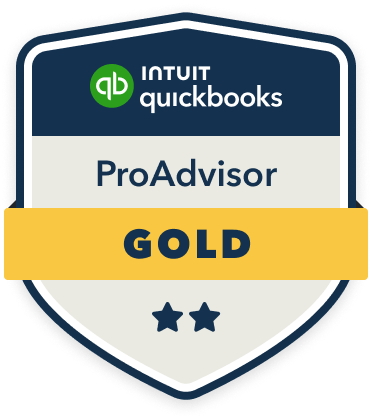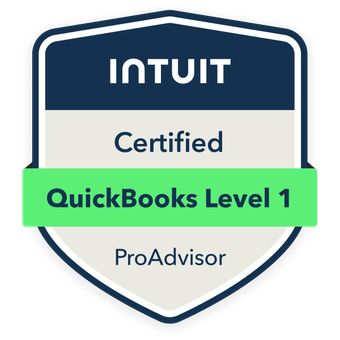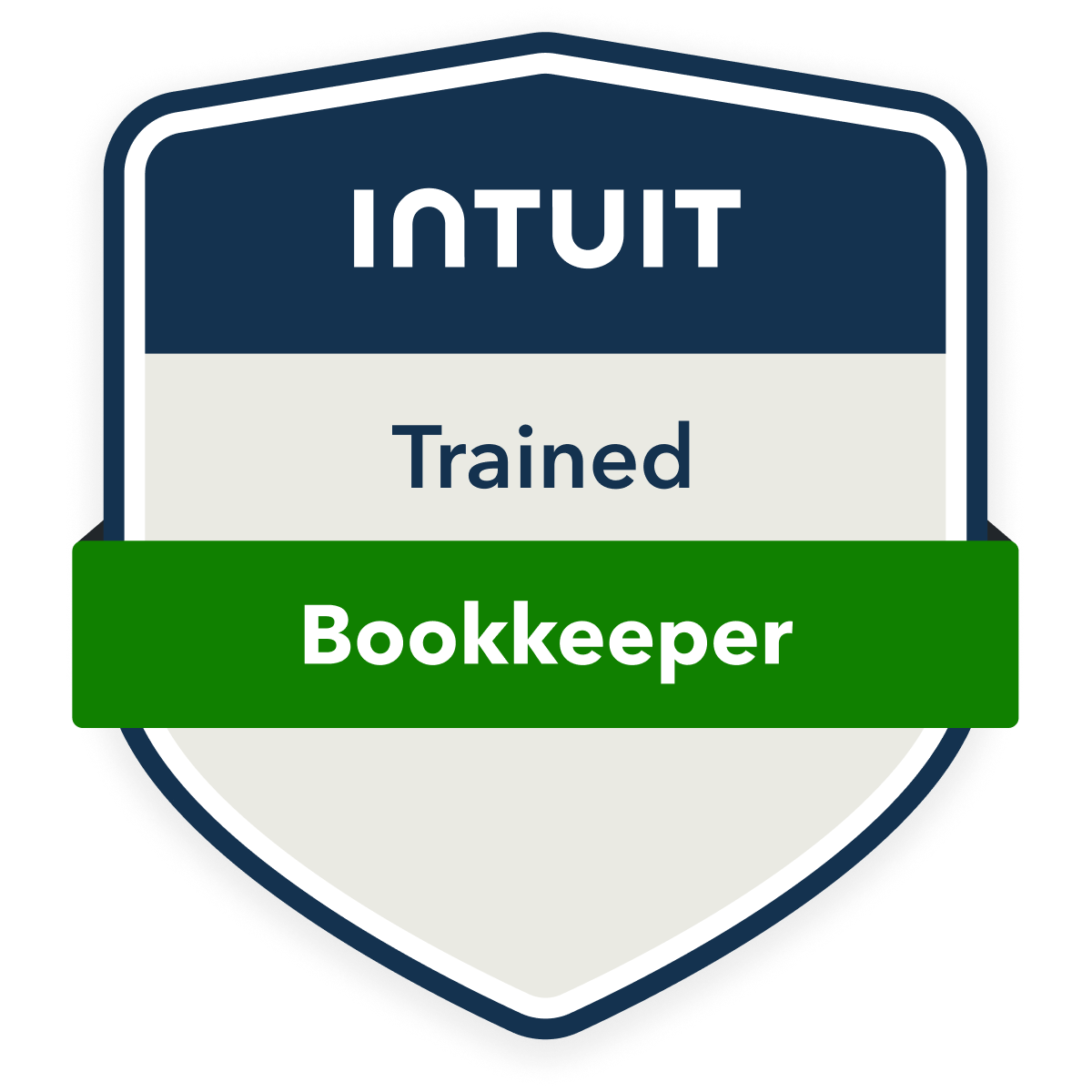Key bookkeeping terms for service delivery focus on tracking the financial lifecycle of client services. I’ll highlight the most critical: accounts receivable tracks money owed by customers, work in progress (WIP) captures partially completed services, deferred revenue records advance payments, and billable hours measures service time. Service-based cost accounting helps monitor project expenses and profitability. Understanding these fundamentals will strengthen your financial control over service operations.
Accounts Receivable and Service Revenue Recognition

When a business performs services on credit for its customers, two important accounts come into play: Accounts Receivable and Service Revenue.
I’ll show you how these accounts work together. Accounts Receivable represents money customers owe for services already provided but not yet paid for. When I perform a service on credit, I’ll debit Accounts Receivable and credit Service Revenue. This increases both my assets and revenue simultaneously.
The power in this transaction lies in recognizing revenue immediately when I earn it, rather than waiting for payment. I’ll then track each customer’s balance until they pay, maintaining control over my business’s financial position.
Work in Progress (WIP) and Service Billing Cycles
As a bookkeeper, I’ll help you understand how Work in Progress (WIP) billing captures the value of partially completed services through diligent tracking of unbilled hours and materials. I recommend implementing a systematic approach to monitor unbilled time, expenses, and milestones to guarantee accurate revenue recognition throughout your service delivery cycle. Your WIP billing process should align with your established billing intervals while maintaining clear documentation of both completed and in-progress work to support proper financial reporting.
WIP Billing Essentials
Work in Progress (WIP) billing represents a critical financial tracking system used in service-based industries and project management. I’ll show you how to master this essential process.
When I bill WIP, I track partially completed work and recognize revenue before the final invoice. I guarantee accurate tracking of billable hours, materials, and overhead costs throughout each project phase. I recommend establishing clear milestones for progressive billing.
I’ve found that implementing a robust WIP billing system helps me maintain consistent cash flow, prevent revenue leakage, and provide transparency to clients. I use specialized software to automate calculations and generate interim billing statements.
Tracking Unbilled Hours
Tracking unbilled hours stands at the heart of effective WIP management and service billing cycles. I recommend implementing a real-time tracking system that captures every billable moment of your service delivery. You’ll want to monitor unbilled hours through detailed time logs, project milestones, and client-specific billing codes.
I’ve found that categorizing unbilled hours by project phase, resource allocation, and billing status gives you maximum control over your revenue pipeline. By maintaining precise records of work completed but not yet billed, you’ll strengthen your cash flow projections and optimize your billing cycles for maximum profitability.
Managing Revenue Recognition
Since revenue recognition directly impacts financial reporting accuracy, managing WIP and service billing cycles requires strict adherence to accounting principles. I recommend tracking WIP by documenting completion percentages, milestone achievements, and resource allocation across all ongoing projects.
I’ve found that establishing clear billing cycles – whether monthly, milestone-based, or upon completion – strengthens cash flow management. When I recognize revenue, I match earned income with corresponding expenses in the same period, following GAAP guidelines. This approach guarantees I maintain precise financial records while maximizing my ability to forecast revenue streams and manage client relationships effectively.
Deferred Revenue and Service Contracts

Many businesses collect payment before delivering goods or services, creating deferred revenue – a liability that represents money received for work not yet performed. I’ll show you how to master the handling of service contracts and their revenue recognition.
| Contract Phase | Revenue Status | Required Action |
|---|---|---|
| Payment Received | Deferred | Record liability |
| Service Starts | Partially Earned | Begin recognition |
| Monthly Progress | Gradual Recognition | Adjust entries |
| Major Milestones | Recognition Events | Document completion |
| Contract Complete | Fully Recognized | Close liability |
You’ll need to track each contract’s progress carefully, moving revenue from deferred status to earned revenue as you deliver the promised services. This systematic approach guarantees accurate financial reporting and maintains your cash flow control.
Service-Based Cost Accounting Fundamentals
While service contracts tell us when to recognize revenue, understanding the costs behind those services forms the backbone of profitable operations. I’ll show you how service-based cost accounting empowers you to master your business financials.
Three critical components drive effective service cost tracking:
- Direct labor costs – Track time spent by employees delivering services
- Overhead allocation – Distribute indirect costs across service activities
- Project-specific expenses – Monitor materials, travel, and other direct costs
Time Tracking and Billable Hours Management
I’ll show you how to master time tracking through three essential components: recording methods, billing categories, and productivity tools. Your choice of time entry methods – whether manual timesheets, digital timers, or automated tracking software – directly impacts your billing accuracy and efficiency. By implementing tiered billing rate categories and using productivity analysis tools, you’ll gain valuable insights into staff utilization and project profitability.
Recording Time Entry Methods
Time entry methods serve as the foundation for tracking billable hours and managing client-related work in professional service businesses. I’ve found that implementing effective time entry systems enables precise revenue tracking and ideal resource allocation.
Key methods I recommend for capturing billable time include:
- Real-time digital timers that automatically sync with your billing system
- Mobile apps allowing immediate time entry from any location
- Integration-ready platforms that connect with project management tools
I emphasize choosing methods that minimize administrative overhead while maximizing accuracy. Your selected approach should support granular reporting capabilities and seamless client billing processes, ultimately driving profitability through enhanced time management efficiency.
Billing Rate Categories
Building on effective time entry methods, understanding billing rate categories forms the backbone of profitable service delivery. I’ll help you navigate the key rate types you’ll encounter: standard rates for routine work, premium rates for specialized services, discounted rates for volume clients, and blended rates for multi-staff projects.
Each category serves a strategic purpose in your pricing structure. I recommend setting standard rates as your baseline, then adjusting up for expertise-driven work or down for relationship-building. When I implement blended rates, I combine different staff levels into one averaged rate, simplifying client billing while maintaining profitability.
Productivity Analysis Tools
Effective productivity analysis tools serve as the cornerstone of successful billable hours management. I’ll show you how these tools transform raw time data into actionable insights that drive profitability and optimize service delivery.
Your mastery of productivity analysis depends on leveraging these essential components:
- Real-time tracking dashboards that monitor billable vs. non-billable ratios
- Automated utilization reports that identify revenue leakage and capacity constraints
- Performance analytics that benchmark individual and team productivity against industry standards
Service Delivery Write-offs and Adjustments
When service-based businesses need to adjust their books for uncollectible fees or service delivery issues, they must properly document write-offs and adjustments.
I’ll show you how to manage these critical entries. You’ll need to record service write-offs in your accounting system using contra-revenue accounts, which offset your gross revenue. For adjustments, I recommend creating specific adjustment codes that track reasons like quality issues, timing disputes, or scope changes.
You’ll want to maintain detailed documentation for each write-off and adjustment, including client communications, internal approvals, and resolution attempts. This audit trail protects your interests and supports your tax reporting requirements.
